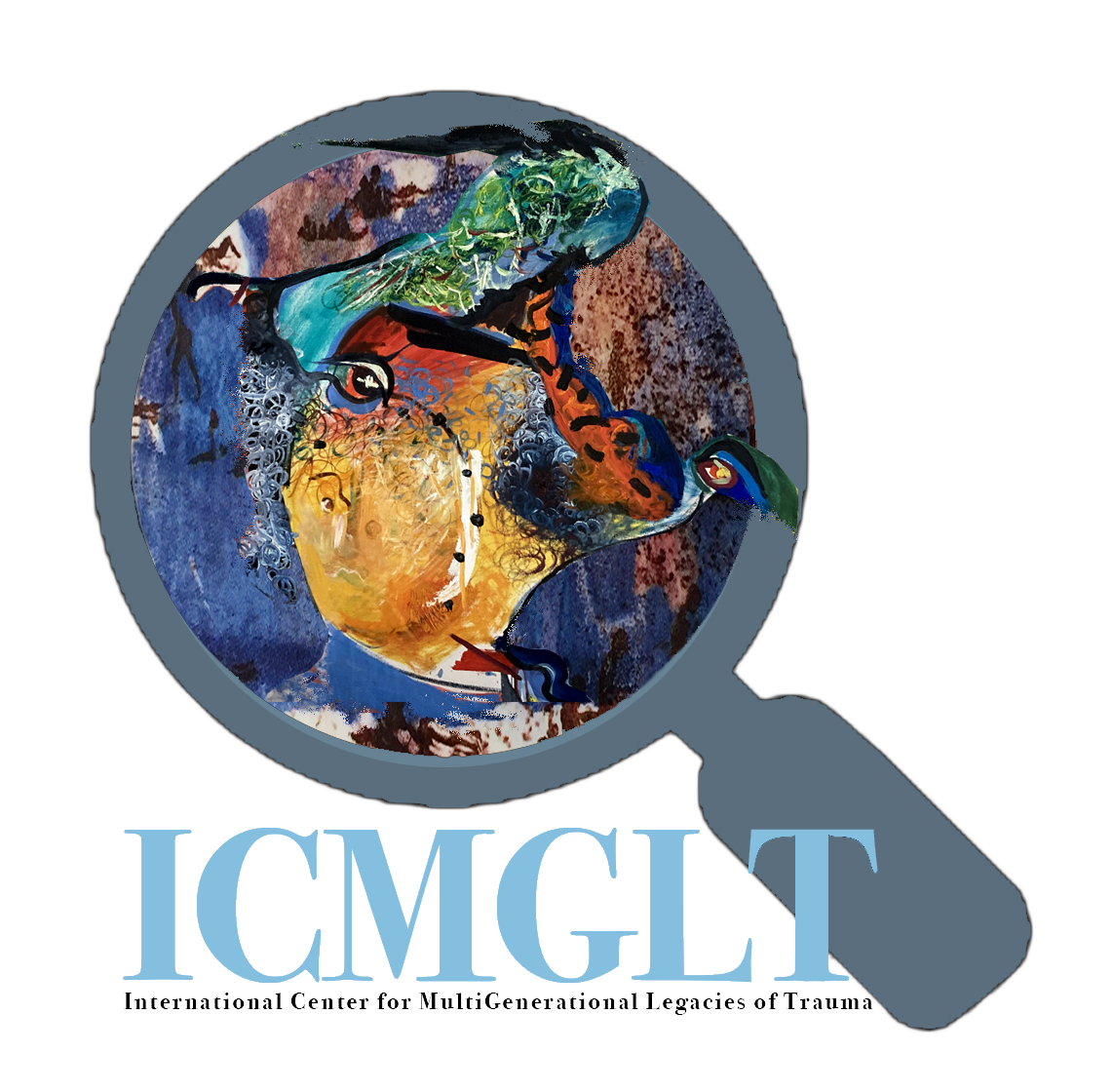Manson, S. M. (1997). Cross-cultural and multiethnic assessment of trauma.
Abstract
[Suggests ways to pursue work] on the nature, recognition, and meaning of trauma, as well as its representation as posttraumatic stress disorder (PTSD) among different cultures / begins with a brief review of the relevant clinical and epidemiological literature / [emphasize] studies that yield insight into the actual cultural dynamics—for example, values, cognitive-interpretive processes, social structure, and person–environment relationships—underpinning apparent differences in the experience of trauma and its psychiatric sequelae / [discusses] assessment methods, which range from self-administered reports to structured and semistructured diagnostic protocols / closes with a detailed examination of one of the exciting new features . . . of the Diagnostic and Statistical Manual of Mental Disorders-IV (DSM-IV): Appendix I: Outline for Cultural Formulation / briefly chronicles the development of this clinical procedure, summarizes the underlying epistemological bases, and highlights the structured inquiry that flows from the use of the outline a case example is presented to illustrate the powerful difference that a cultural formulation of this nature can make to the comprehensive diagnosis and treatment of individuals suffering from PTSD (PsycInfo Database Record (c) 2020 APA, all rights reserved)

